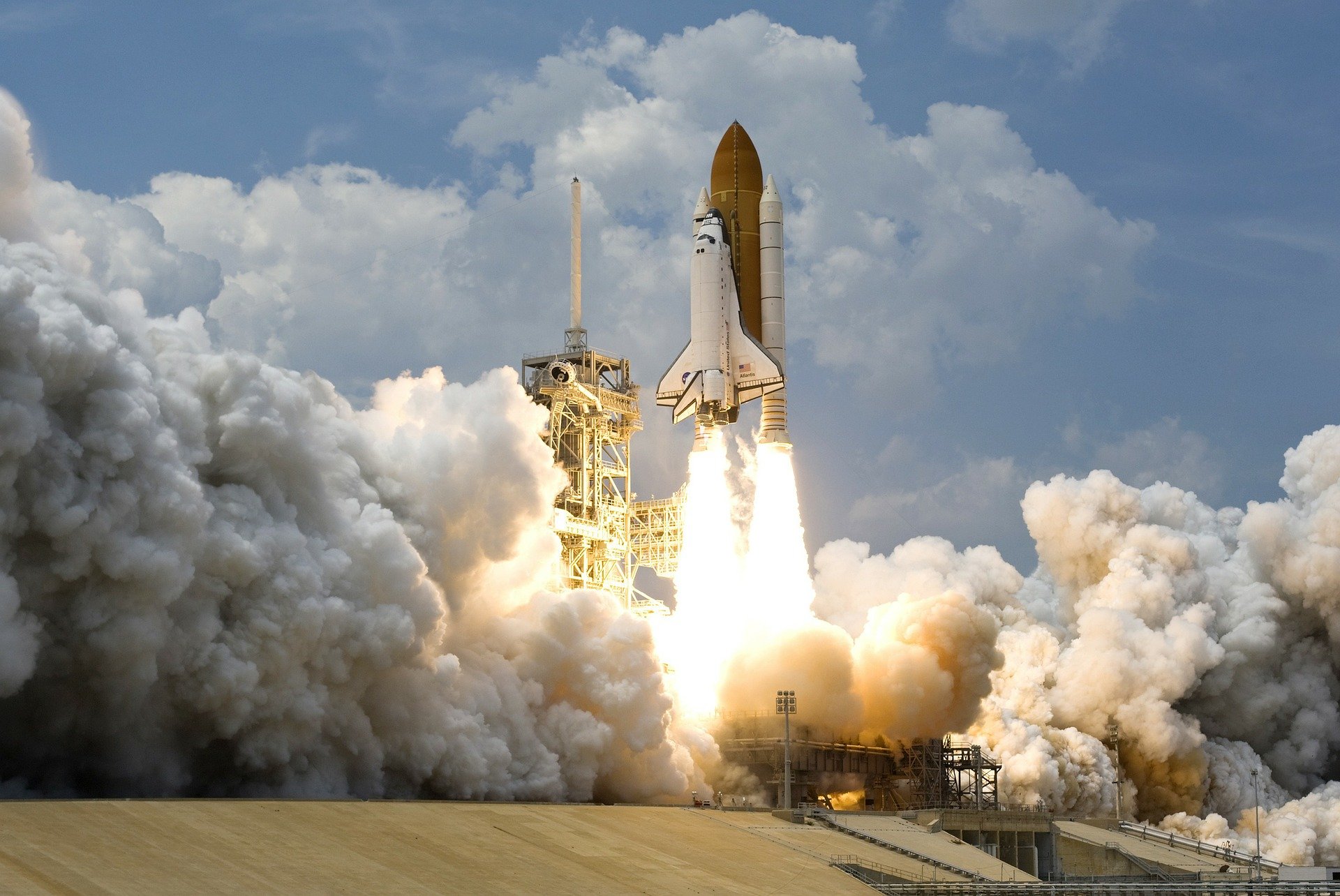
How Liquid Gas Rocket Propellant Helps Fuel Spacecrafts
Space travel sparks curiosity, adventure and excitement as people watch a spacecraft launch into orbit. The countdown makes your heart race faster and then you see the gust of fire and vapor as the craft starts to ascend upward. When it comes down to powering a spacecraft for launch, rocket propellant plays a huge role.
Rocket fuel and rocket propellant are oftentimes used interchangeably, but there is a slight difference between the two. Rocket fuel can be thought of as a physical substance used to fuel a rocket or spaceship while rocket propellant utilizes that fuel along with an oxidizing agent to power the entire space craft.
Rocket propellant is what causes the spacecraft to be thrusted upward. The engines that are used in spacecraft create a thrust by utilizing the propellant to create a chemical reaction to form very hot gases. That gas then expands and is ejected at very high speeds through the end nozzle at the bottom of the craft where you see the fire blast out.
When it comes to the application of industrial gases used in rocket propellant, hydrogen and oxygen can be used as a rocket propellant. Now, there are a few different types of rocket propellants used depending on the type of engines used. Today, we’ll learn about how hydrogen and oxygen are specifically used for rocket propellant.
Hydrogen
When powering the main engines of a spacecraft, the rocket propellant used will likely be a liquid fuel, which are commonly made up of liquid oxygen and liquid hydrogen. The role that hydrogen plays in this case is as the fuel source.
The reason why hydrogen needs to be in liquid form is because of space. If hydrogen was stored as a gas on the spacecraft, it would require the use of a bigger tank. As the lightest element, hydrogen is ideal to use as a fuel source, keeping the craft as light as possible.
Oxygen’s role in rocket propellant is to act as the oxidizer. Oxygen is essential in combustion processes such as the burning of fuels. Oxygen helps burn the fuel in order to help launch the spacecraft. We know oxygen is the most common oxidizing agent used in other applications. As the third most abundant gas on earth, oxygen is a great source to use as an oxidizer.
3, 2, 1…Blastoff!
Typically, a spacecraft uses two types of rocket propellant: a liquid propellant and a solid propellant.
We stated earlier that the main engines will use a liquid propellant to power them. So what is the solid propellant used for? Well, it’s used to power the boosters. The boosters are necessary to help the spacecraft launch beyond Earth’s orbit.
The boosters are the first to power up during launch. As the spacecraft launches, the boosters are released in orbit and then the main engines are powered up by the liquid propellant to keep it going into space.
When the spacecraft is being counted down, when it’s time for takeoff, the liquid oxygen and hydrogen are released into a chamber for each engine. The rocket propellant is then ignited as a reaction of the oxygen and hydrogen mixture.
Together, it combusts and creates water which then creates lots of energy and steam. The steam is the “smokey” substance you see when a spacecraft takes off. That steam that is created also helps thrust the spacecraft off the ground.
The reaction that is created by hydrogen and oxygen have the highest “impulse”. Impulse is the amount of thrust that is created as the fuel burns. So, the higher the impulse, the more of a boost the craft will get off the ground. This makes the liquid rocket propellant very efficient and environmentally friendly.
The Eagle Has Landed
When thinking about space travel, industrial gases are not the first thought that may pop into your head, but it is an essential component used in rocket propellant and rocket fuel.
Liquid hydrogen and oxygen have fueled spacecrafts and rockets since NASA’s Apollo program and continues to be an asset to make space travel possible. As a clean solution, hydrogen has a lot of potential to fuel more than just spacecrafts.
Whether you’re in the space industry or a completely different industry, we have a variety of industrial gases and specialty gas mixes for your needs. Please give us a call at (562) 426-4017 if you have specific questions or fill out our quote form online for a free quote!
Sources:
http://www.braeunig.us/space/propel.htm
https://nineplanets.org/questions/what-is-rocket-fuel-made-of/
https://blogs.nasa.gov/Rocketology/tag/liquid-oxygen/
https://wha-international.com/will-hydrogen-power-the-future-of-aerospace/

